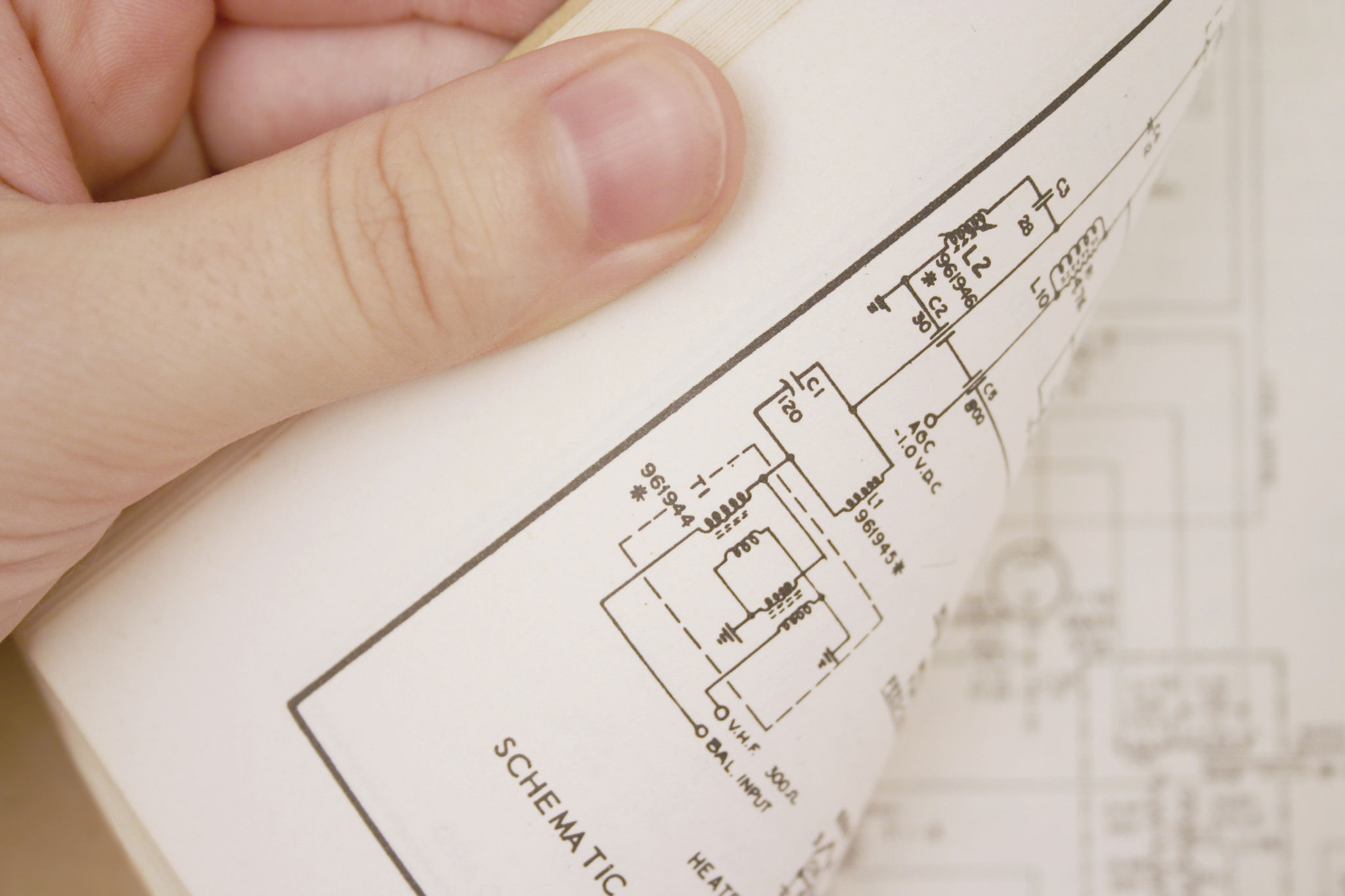Comprehensive Guide to Choosing the Right Spare Parts for Your Machinery
Understanding Your Machinery Needs
When it comes to maintaining the efficiency and longevity of your machinery, selecting the right spare parts is crucial. Every machine is unique, and understanding its specific requirements will save you time and money in the long run. Start by identifying the make, model, and specifications of your equipment. This essential information will guide you in choosing parts that fit perfectly and function optimally.
Consult your machinery's manual or manufacturer's guidelines for detailed information about compatible spare parts. These resources often provide invaluable insights into what works best for your specific model and highlight any updates or changes that might affect your choices.

Types of Spare Parts
Knowing the types of spare parts available is essential for making informed decisions. Typically, spare parts can be grouped into three main categories:
- Original Equipment Manufacturer (OEM) Parts: These are parts made by the manufacturer of your machinery. They ensure perfect compatibility and reliability but may come at a higher price.
- Aftermarket Parts: Produced by third-party companies, these parts can offer cost savings while still being of high quality. However, ensure that they meet industry standards to avoid compromising performance.
- Reconditioned Parts: These are used parts that have been restored to working order. They can be a budget-friendly option but may not have the same lifespan as new parts.
Factors to Consider When Choosing Spare Parts
Selecting the right spare parts involves several critical considerations. First, assess the quality of the part. High-quality materials and craftsmanship can significantly impact the performance and durability of your machinery.
Next, consider the availability of the part. Some components may have long lead times due to demand or supply chain issues, so ensure you have a reliable source that can deliver promptly when needed.

Cost vs. Value
While it might be tempting to choose cheaper options, consider the long-term value and potential costs associated with premature failure or frequent replacements. Investing in higher-quality parts initially can lead to substantial savings over time by reducing downtime and maintenance costs.
Ensuring Compatibility
Compatibility is a key factor when choosing spare parts. Ensure that the parts you select are designed specifically for your machinery’s make and model. Mismatched parts can lead to poor performance or even damage to your equipment.

Check for any updates or changes in part specifications that may have occurred since your machine was manufactured. Staying informed will help you avoid purchasing outdated or incompatible components.
The Role of Suppliers
Your choice of supplier plays a significant role in getting the right spare parts. Partner with reputable suppliers who offer quality assurance and have a track record of reliability. A good supplier will provide technical support and assist you in making informed decisions about spare part selection.
Building a relationship with your supplier can also lead to better pricing, availability, and support in emergencies, making it a crucial aspect of effective machinery maintenance.

Conclusion
Choosing the right spare parts for your machinery is a comprehensive process that requires careful consideration of quality, compatibility, cost, and supplier relationships. By following this guide, you'll ensure that your equipment runs efficiently, minimizing downtime and maximizing productivity. Remember, investing time and resources into selecting the right parts now can yield significant benefits for the future of your operations.
